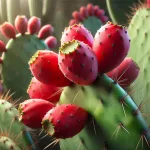The Nopal: A Resilient and Valuable Plant
The nopal (Opuntia spp.) is a cactus plant of great agricultural importance in various regions of the world, especially in arid and semi-arid zones. This crop is not only fundamental for its food uses but also for its role in the production of prickly pears (tunas), a fruit highly valued for its taste and nutritional properties. Proper nopal crop management is crucial to ensure an abundant and high-quality prickly pear harvest. Here we present the best practices for managing nopal to maximize prickly pear production.
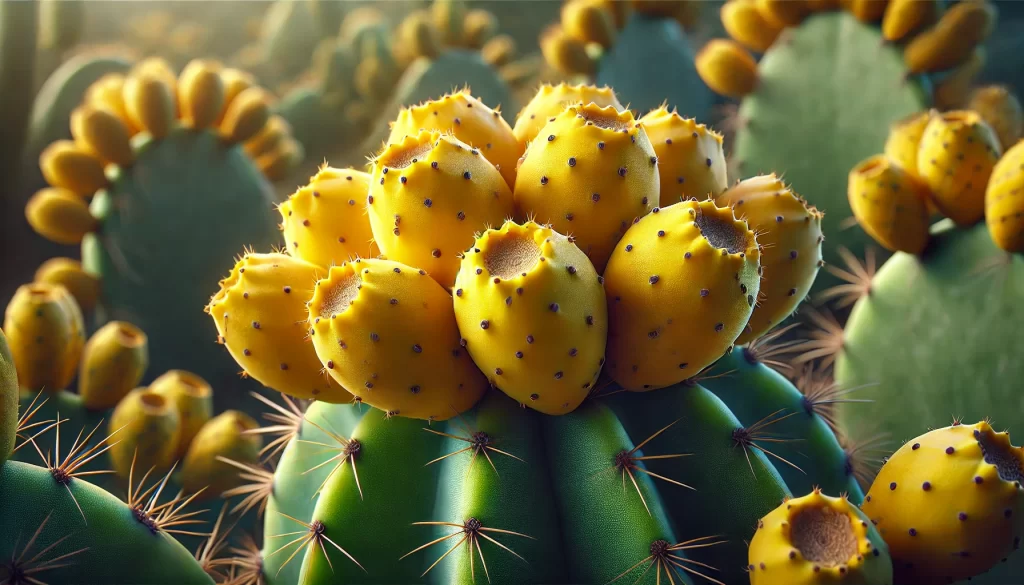
Optimal Conditions for Nopal Cultivation
Site Selection and Ideal Climate
The nopal is an extremely adaptable plant, capable of thriving in a wide range of climatic conditions. However, to optimize prickly pear production, it is essential to choose a site with certain characteristics. Nopal prefers well-drained soils with a pH range of 6.0 to 7.5. Although it tolerates poor soils, adequate organic matter content will promote better growth and production. The ideal climate for nopal cultivation includes warm temperatures, with an annual average between 18°C and 25°C, and annual rainfall between 350 and 600 mm. It is a drought-tolerant plant, but prolonged exposure to frost should be avoided.

Soil Preparation and Crop Establishment
Before planting, it is essential to prepare the soil properly. This includes weed removal, light tillage to improve soil structure, and, if necessary, the application of well-decomposed compost or manure to increase soil fertility. Nopal planting is typically done by sowing pads or cladodes, which are the vegetative parts of the plant. The pads should be selected from healthy and mature plants, allowing them to dry for a few days before planting to avoid rot issues. The ideal spacing is 3 to 4 meters between plants and 4 to 5 meters between rows, providing sufficient space for plant development and air circulation.
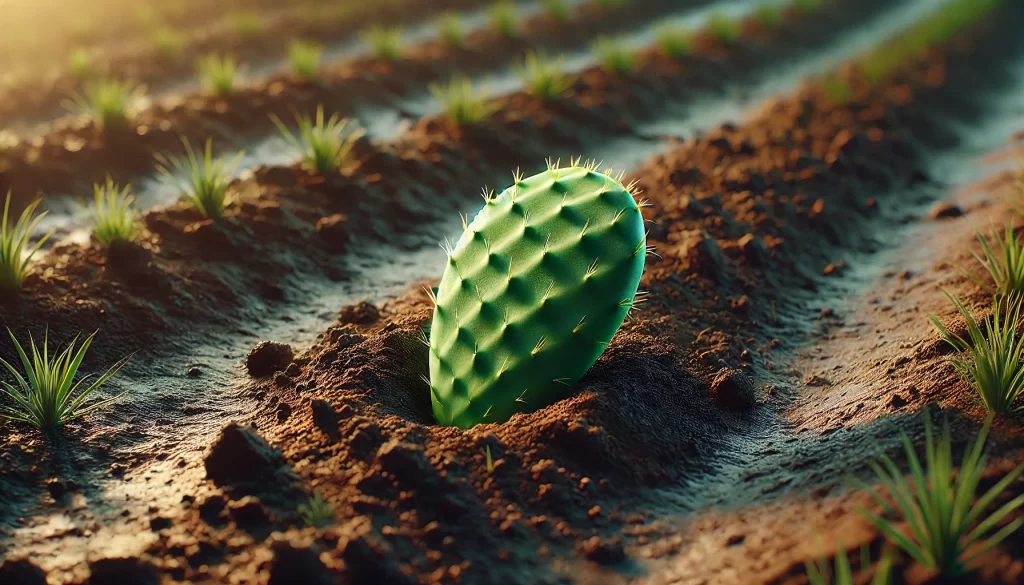
Irrigation and Water Management
Nopal Water Requirements
Although nopal is a drought-resistant plant, proper irrigation management is essential to maximize prickly pear production. During crop establishment, it is important to keep the soil slightly moist to favor rooting. Once established, nopal plants require occasional watering, especially during prolonged drought periods, to ensure good vegetative development and optimal fruit production. Deep and spaced watering is recommended, which helps develop a deep and resilient root system.
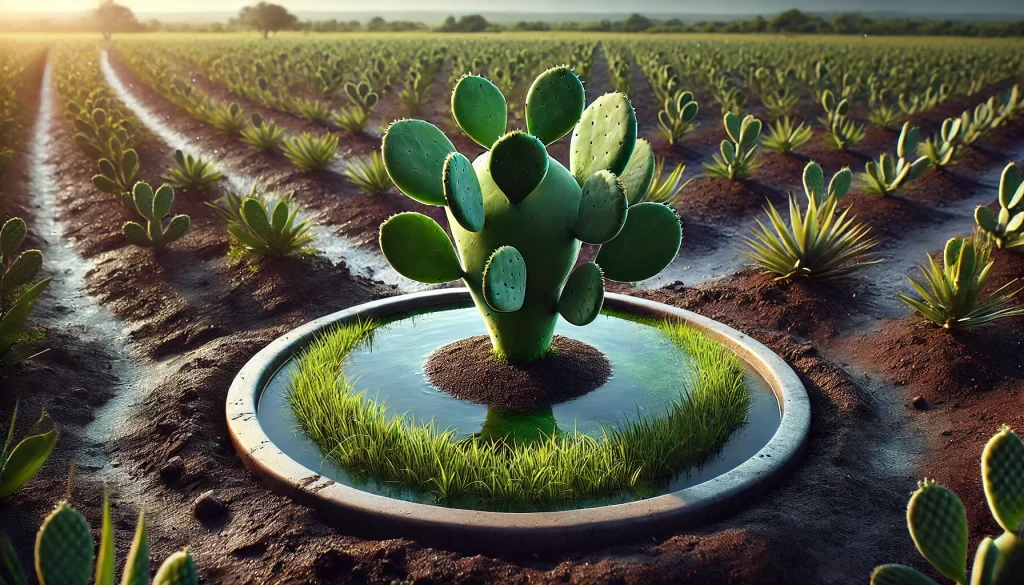
Nopal Nutrition and Fertilization
Nutritional Requirements
Nopal is not a particularly demanding plant in terms of fertilization, but proper nutrition is key to optimizing prickly pear production. Nitrogen (N) is essential for vegetative growth, while phosphorus (P) and potassium (K) are important for root development and fruiting. It is recommended to perform base fertilization at planting, incorporating well-decomposed compost or manure, followed by applications of balanced fertilizers throughout the crop cycle.
Fertilization Strategies
During the first year, light fertilization can be applied to promote plant growth. As the plants mature and begin to produce prickly pears, it is important to adjust fertilizer applications based on soil analysis and the specific needs of the crop. Foliar applications of micronutrients such as zinc and boron can be beneficial to improve prickly pear quality and increase yield.
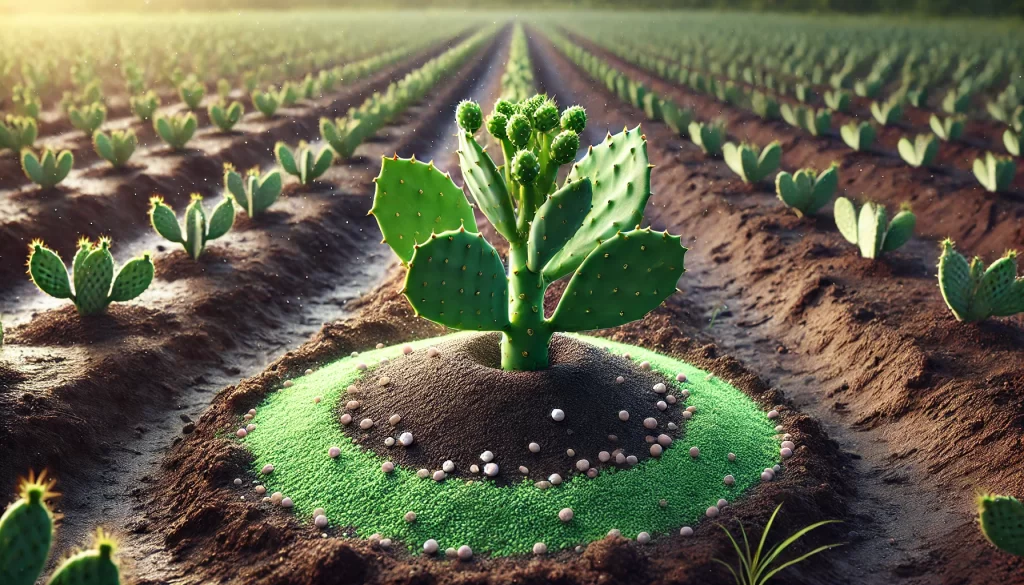
Pest and Disease Management
Main Nopal Pests
The most common pests in nopal cultivation include the cochineal (Dactylopius coccus) and certain beetles that attack the pads. Integrated pest management (IPM) is the best strategy to control these threats, combining cultural, biological, and chemical practices as needed.
Common Diseases
Among the most common diseases in nopal are root rots and certain fungi that affect the pads, especially in high humidity conditions. Prevention is key, ensuring good soil drainage, avoiding overwatering, and performing sanitary pruning when necessary.
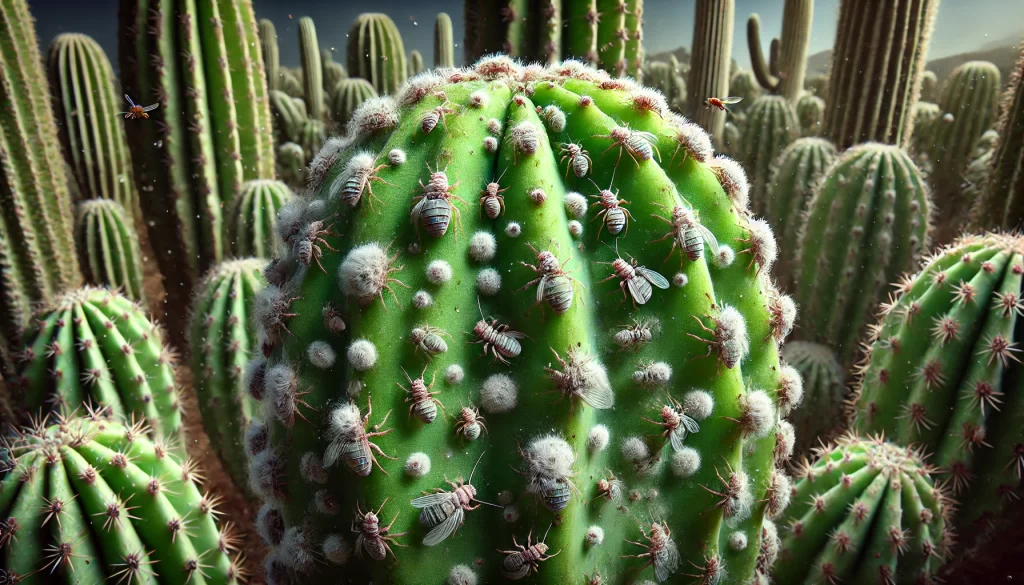
Prickly Pear Harvesting
Maturity Indicators
Prickly pear harvesting should be done at the right time to ensure maximum fruit quality. The prickly pears are ready for harvest when they have reached full size, and the skin has changed color, depending on the variety (red, yellow, green, etc.). The fruit should detach easily from the plant with a slight twist.
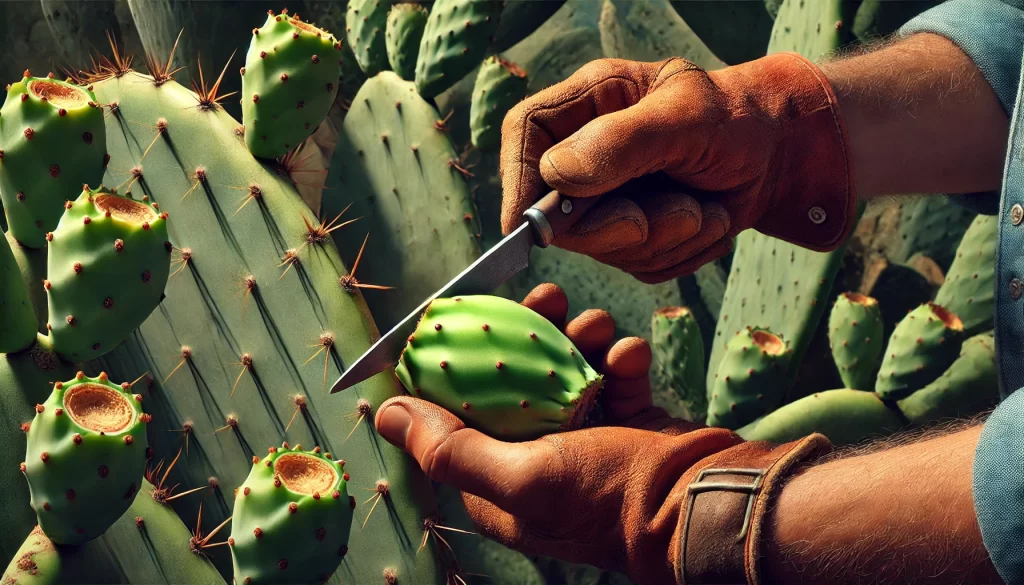
Harvesting Techniques
Harvesting is done manually, using gloves and appropriate tools to avoid the spines present in many prickly pear varieties. It is important to handle the fruits carefully to avoid damage that could reduce their shelf life during storage and marketing.
 AgronoBlog – Agriculture Blog
AgronoBlog – Agriculture Blog 
